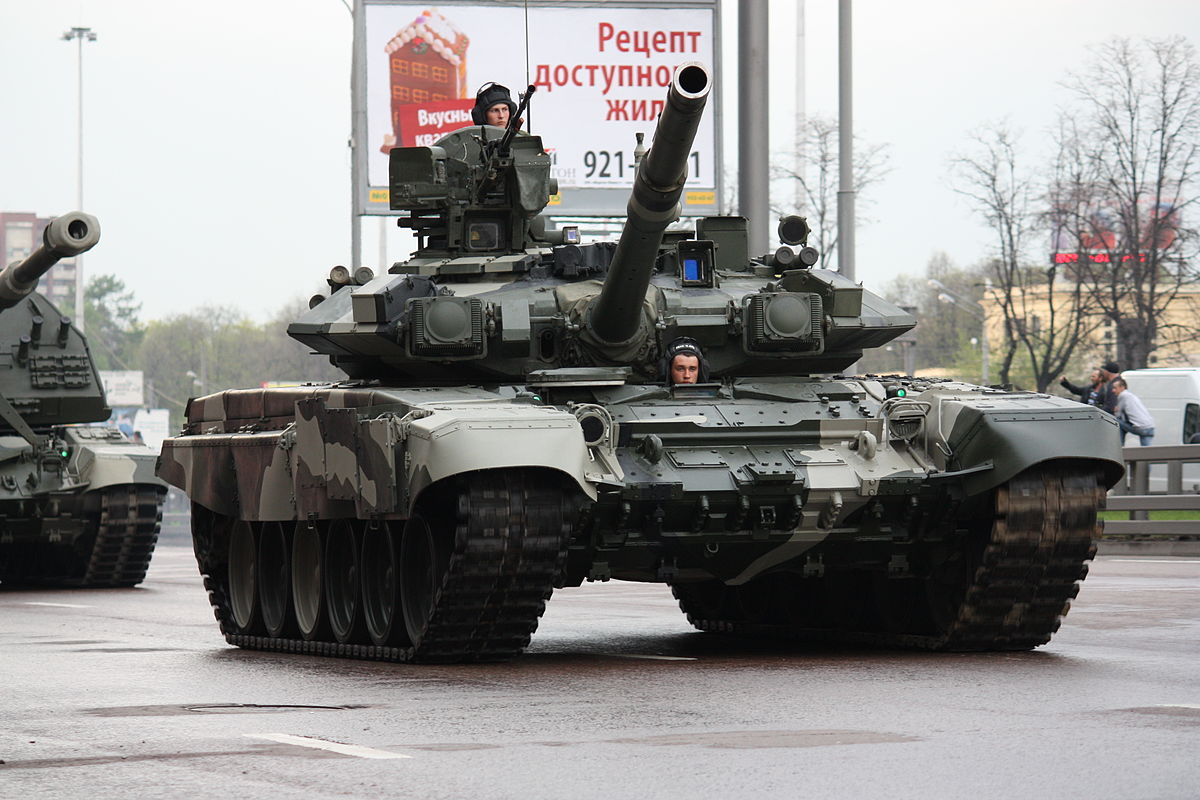Well, you can only take too many serious notes to implement on a single platform. (No matter how advanced it is)
I imagine making effective APS that can cover 90 degree angle would be more difficult. But even when they are able to make it, two of the the most common way to kill tank remain effective. Artillery and mines.
When it comes to artillery, MRSI (multiple roudn simultaneous impact) is very likely to overrun any APS system.
And even without MRSI, any 155mm artillery shell packs 8.5-10.5kg TNT, meaning even when APS is able to intercept a supersonic artillery round in proximity, it's very powerful blast fragmentation would likely to knock out the electronics on top of tank turret (APS radar, gunner and commander sights, laser warning system)
Here is a representation by BAE System. You can observe that, if one can see the enemy first, then within seconds with just few 40mm smart air burst rounds, he can completely blind a tank and knock out its APS. (Faster than human operator can react) Even though it is technically very much possible, it still has more risk to failure in facing tanks like that in close combat.
However, a basic 155mm artillery shell even while being intercepted can achieve that with more certainty.
(Becuase APS cannot stop the powerful blast fragmentation effect)
Even better, at first enemy can fire a cluster shell with time/proximity fuze, which would almost garunteee killing the electronics on top of the turret, Followed by a regular shell.
While advanced systems like APS and right procedures and tactics (for effective combined arms) can relatively minimize the vulnerabilities, there are still practical ways to kill a tank equipped with 90 degree APS.
Bottom line is, technology cannot replace the mass. Turkish army would needs numbers along with the qualitative edge.
Note- By killing a tank I mean, neutralizing it and putting it out of commission, not necessarily penetrating the armor and killing its crews.
I imagine making effective APS that can cover 90 degree angle would be more difficult. But even when they are able to make it, two of the the most common way to kill tank remain effective. Artillery and mines.
When it comes to artillery, MRSI (multiple roudn simultaneous impact) is very likely to overrun any APS system.
And even without MRSI, any 155mm artillery shell packs 8.5-10.5kg TNT, meaning even when APS is able to intercept a supersonic artillery round in proximity, it's very powerful blast fragmentation would likely to knock out the electronics on top of tank turret (APS radar, gunner and commander sights, laser warning system)
Here is a representation by BAE System. You can observe that, if one can see the enemy first, then within seconds with just few 40mm smart air burst rounds, he can completely blind a tank and knock out its APS. (Faster than human operator can react) Even though it is technically very much possible, it still has more risk to failure in facing tanks like that in close combat.
However, a basic 155mm artillery shell even while being intercepted can achieve that with more certainty.
(Becuase APS cannot stop the powerful blast fragmentation effect)
Even better, at first enemy can fire a cluster shell with time/proximity fuze, which would almost garunteee killing the electronics on top of the turret, Followed by a regular shell.
While advanced systems like APS and right procedures and tactics (for effective combined arms) can relatively minimize the vulnerabilities, there are still practical ways to kill a tank equipped with 90 degree APS.
Bottom line is, technology cannot replace the mass. Turkish army would needs numbers along with the qualitative edge.
Note- By killing a tank I mean, neutralizing it and putting it out of commission, not necessarily penetrating the armor and killing its crews.
Last edited:










